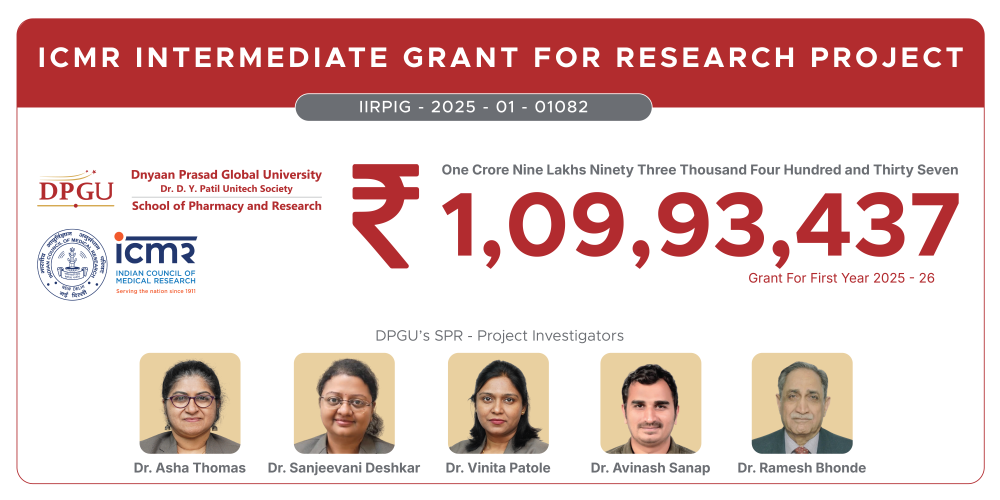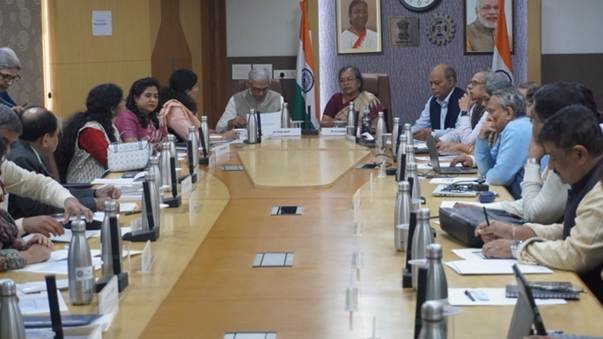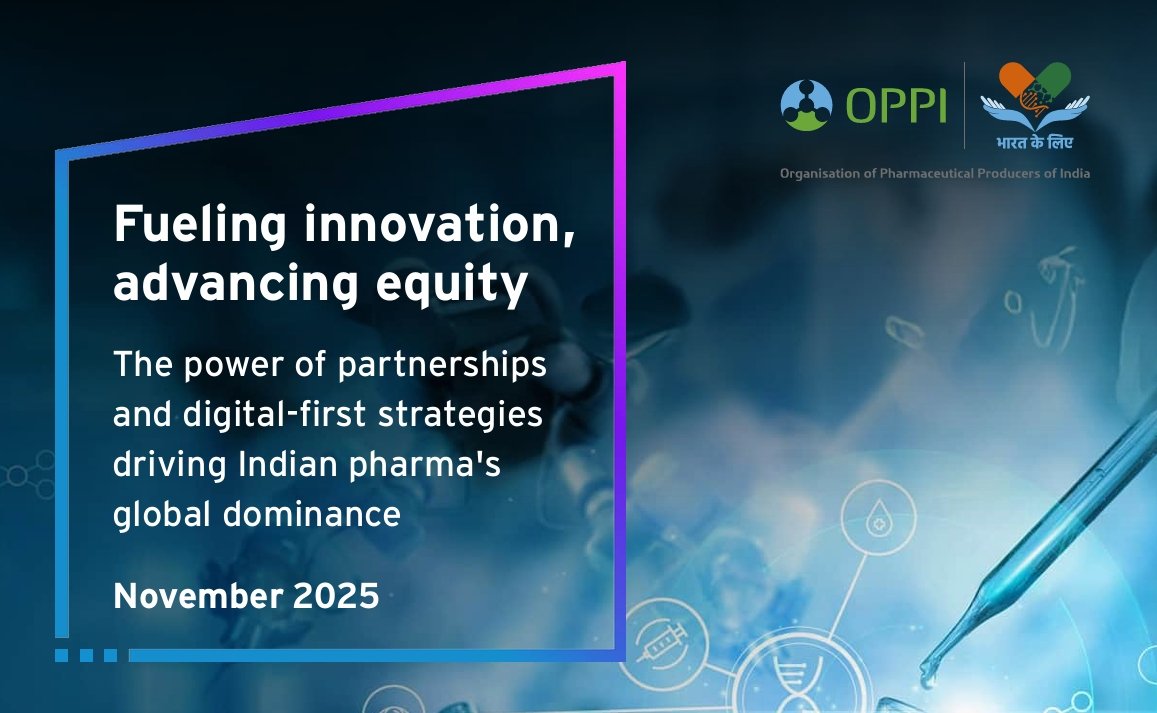Indian pharma explores virtual inspections post COVID-19
October 14, 2020 | Wednesday | Views
Virtual inspections are the need of the hour and the full-scope of the process and protocols need to be thrashed out
Image credit- shutterstock.com
Extraordinary times call for extraordinary measures. In keeping with this dictum, in mid-April this year, the Indian pharmaceutical industry called on the USFDA to consider conducting virtual inspections of their plants and facilities. With Covid-19-enforced imperative to protect its personnel, the FDA had suspended physical inspections in March and indicated towards late July that it was looking to restart domestic inspections.[1] However, there was no such word on inspections of foreign facilities including those in India. As such, both the Indian drug exporters and the US consumers/patients have suffered.
India has not only traditionally been one of the largest suppliers to the US meeting 40% of the latter’s generic demand,[2] it has emerged as a critical source for COVID-related medications. During a transition all-round digitisation of healthcare services and product supply chains, the request for virtual inspections cannot be timelier.
From onsite to online
The Indian pharmaceutical industry had entreated the FDA to conduct "desk reviews" or virtual facility inspections of their facilities. Unlike the physical surveillance inspection in which trained drug inspectors make a physical visit to plants, virtual inspections would involve deploying advanced IT, internet, and video technologies for an inspector to make an assessment.
Therefore, a shift from physical to virtual inspections would certainly ease the challenges and smoothen the continued availability of life saving medicines. However this would involve a significant transition which when made possible would be a giant step in embracing the new post-COVID order.
A plethora of challenges that must be surmounted
First and foremost, even assuming that the US FDA would have the best technology options available at its end, the Indian plants and facilities – some of them located in the remote areas of the country – would need an upgrade so that the two systems are able to communicate and engage with each other seamlessly for an immaculate inspection. Given the sensitive nature of drugs itself, there is no room for error as these protect human lives. It therefore warrants over managing the associated risks so virtual inspections can emerge as the de-facto worthy alternative.
Second, since Covid-19 came unexpectedly, there has been no prior technological arrangement between the FDA and the designated manufacturing plants, putting in place a remote inspection and assessment architecture. The alignment of technologies, platforms and standards along with data protection and confidentiality measures must be speeded up because of the efficiencies and rigour that this arrangement can potentially achieve.
Third, virtual inspection can be slightly more challenging for the highly toxic products manufactured in contained facilities due to limited visibility of internal infrastructure used despite having windows in place. The additional physical inspection may be added for ensuring the safety of products, but this may delay the approval and launch of life-saving drugs. Appropriate and as an additional measure for complex generic products physical inspections may be added for greater safety, where virtual inspections may not suffice.
The same discretion could be exercised for the large number of pending ANDAs and drug master files with USFDA.
Fourth, the appeal by the Indian Pharmaceutical Industry may be worth exploring at this juncture because of the substantial improvement and upgradation of infrastructure achieved by it in the last decade.
And lastly, the integrity of the whole process would in the end be contingent on the integrity and the intent of the pharma manufacturers whose plants are under inspection. As a result, the credibility of a virtual inspection is likely to depend on the veracity of a few random physical inspections so that the transition to the new process can be embedded as a norm for posterity.
Available alternatives & trends
In view of the sheer severity of the ongoing pandemic, the USFDA has proposed a series of alternative tools of inspection such as product sampling at borders, summoning of records in advance, examination of a company’s compliance history and even making use of information shared by other governments as part of mutual recognition and confidentiality agreements. The requests for production records, e-data bases, and relevant documents constitute a partially-remote inspection process.[3] The utility of AI and block chain technology with its refinements could go a long way in making the changeover efficient and robust.
In sum, virtual inspections are the need of the hour and the full-scope of the process and protocols need to be thrashed out. The objective should be to find the balance between a speed and thoroughness with which an inspection can be carried out, ensuring that Current Good Manufacturing Practice (cGMP) norms are rigorously observed by manufacturers.
Dr Gurpreet Sandhu, President, Council for Healthcare and Pharma & Founder, REVA PHARMA, New Delhi
References-
[1]https://www.financialexpress.com/lifestyle/health/us-fda-to-restart-onsite-checks-from-next-week/2027728/
[2]https://pib.gov.in/PressReleseDetailm.aspx?PRID=1585342
[3]https://www.pharmtech.com/view/will-fda-inspections-ever-be-same-1










